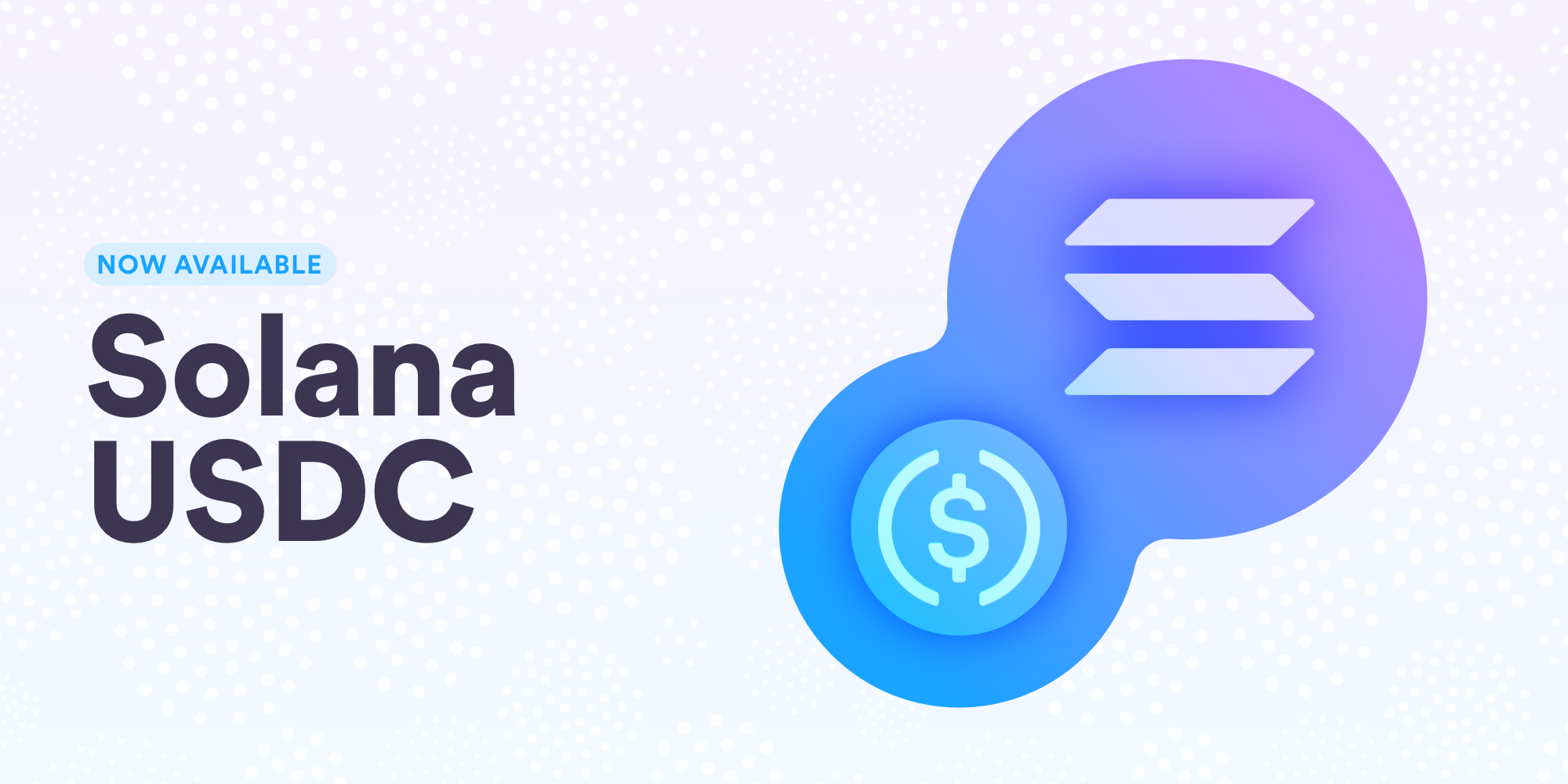Solana Processes 50% of USDC Transfers, Highlighting Network Efficiency and Scalability

Recent data from Token Terminal reveals that approximately 50% of all USDC stablecoin transfers are now processed on the Solana blockchain. This significant statistic underscores Solana's growing dominance in the stablecoin landscape, attributed to its high throughput and cost-effective transaction environment. The finding highlights Solana's increasing utility as a preferred network for digital asset transfers.
The high volume of USDC activity on Solana is supported by the network's robust performance metrics. Solana has demonstrated impressive scalability, recently achieving a new all-time high throughput of 107,664 transactions per second (TPS) in a single block. This exceptional speed, combined with transaction fees often remaining below $0.0025, makes Solana an attractive platform for frequent and large-scale stablecoin operations.
The network's efficiency has also drawn significant institutional interest and partnerships. Visa, in collaboration with Circle, has facilitated stablecoin payments on Solana, further solidifying its position in mainstream financial transactions. This adoption by major players, alongside the expansion of Solana Pay for immediate USDC transactions, points to the blockchain's strategic importance in the evolving digital payments ecosystem.
However, a July 2025 academic paper from EPJ Data Science analyzing Solana's transaction network noted a higher transaction failure rate of 20.53% compared to Ethereum's 0.09%. These failures are often attributed to factors like "Slippage Tolerance Exceeded" and "Current Nonce Mismatch," which can arise from the network's rapid block production. Additionally, the research identified a higher prevalence of zero-value transfers on Solana, suggesting distinct user behavior patterns influenced by its unique architecture.